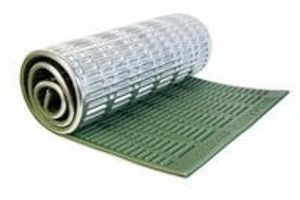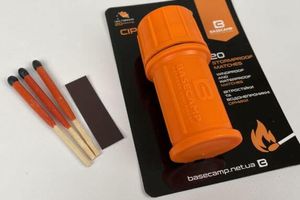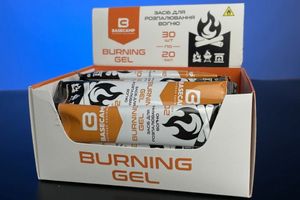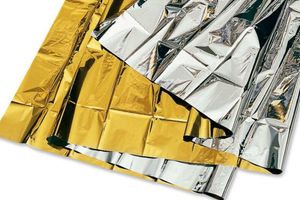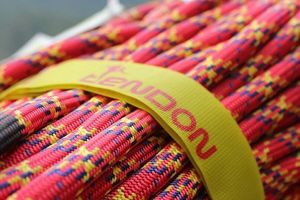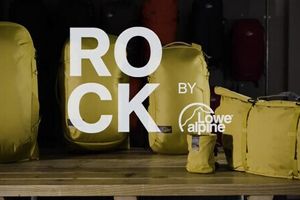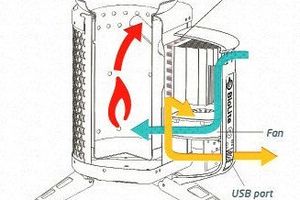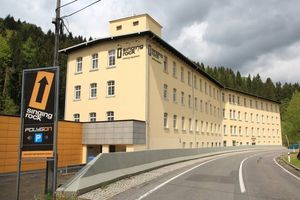Bioplastics are a new technology and therefore there is some confusion surrounding it. To fully understand what bioplastics are and imagine the global changes they will bring, we must first return to the basics. Bioplastic is a general term used for plastics that are bio-based, biodegradable, or both. There is confusion between these definitions.
Bio-based plastics have a unique advantage over conventional petroleum-based plastics in that they are made in whole or in part from plants or other biological material. Biodegradable plastics can also be partially or completely made from plants or other biological substances, but they can also be fossil-based. The advantage of biodegradable plastics is that the materials can break down under certain conditions, for example, in compost. However, this compost in most cases should be industrial.
The difference is obvious at the time of disposal - at the end of the life cycle of the materials.
Biodegradable plastic
"Biodegradable" is a term we are all familiar with. We associate this word with images of natural waste that simply disappears over time, or with green waste in a compost heap in the corner of the garden. Unfortunately, there are complications. Biodegradable plastic is compostable, which means that the product can break down relatively quickly. The catch is that with the current level of technology, such composting usually has to take place in an industrial complex capable of subjecting the plastic to some exposure.
In other words, biodegradable plastic does not necessarily mean that it can be thrown away and expected to simply rot and disappear. Home composting of green waste is very different from the industrial process, where certain levels of heat and moisture stimulate microbial activity that turns plastic into organic matter.
Materials that are certified for composting. will mostly be tested under these industrial composting conditions, so it is unlikely that the same chemical process can be implemented in a home compost pile.
For example, a biodegradable plastic material may break down within weeks in a commercial plant, but the same material may take decades to break down if released into the wild. This is why we should be wary of the term "biodegradable" when associated with plastic. Other biodegradable plastics may be wholly or partially made from fossil or biological materials.
BIOLOGICAL PLASTIC
Technologies related to bioplastics are different. This material consists entirely or partially of plants or other biological substances, depending on the properties required for different products. Keeping this in mind, LIGHT MY FIRE decided to use bio-based plastic in its products. Use renewable organic substances, participate in a regenerative cycle that is not only sustainable, but also an excellent substitute for dependence on fossil fuels. Plants naturally remove CO2 from the atmosphere, suggesting that a global shift to the use of bio-based plastics would be equivalent to eliminating millions of tonnes of CO2 annually. We are on the way to 100% natural materials, with appropriate processes and technologies in production and processing. Over time, this will lead to a truly ecological natural product, with all the advantages of plastic and without any disadvantages. Every step towards this goal is a step towards a bright future for all of us. To meet the requirements for the use of our products, LIGHT MY FIRE currently uses three types of bio-based plastic. They contain the maximum possible percentage of biomass.
TERRALENE is made from certified sugar cane waste and European wood fiber, which gives the product strength, as well as an excellent texture and natural smell.
ECOZEN - made from European corn without GMOs. This ensures strength and heat resistance.
DRYFLEX GREEN is made from certified sugar cane of two different densities, with different characteristics of strength and hardness.



